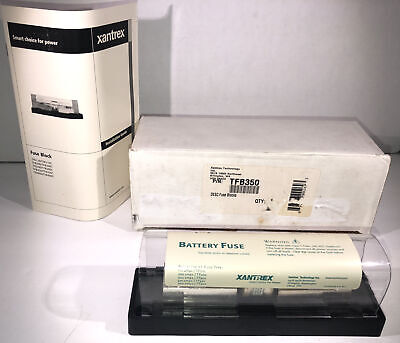I'm in the process of expanding my 6 month old 400AHr LiFePO4 house bank to 600AHr by adding an additional battery in parallel in between the current two.
In tracing the cables to be sure I understood how everything was put together, I discovered this item wired in the battery positive cables between the house battery main switch BATT terminal and the two cables from the positive terminals of the existing batteries. It is practically inaccessible, they must have build the boat around it. I can only feel it with fingertips, so have zero hope of changing any cabling to it, or even getting eyes on it. I took these pics by holding my phone under the cabin sole.
What is it? Is it simply a large terminal block? It looks like there may be a fuse of some kind in there, but zero hope of ever changing it out.
FWIW my current set up is a 4D under the cabin sole right by this, a more or less empty under settee storage forward where my charger is located, and then another 4D in another under settee storage forward of that. Currently the most forward battery has a single 2/0 cable from the positive terminal back to this Xantrax object, and two negative 2/0 cables, one which runs to the main boat DC ground via a shunt for the battery monitor, and another which runs to the negative terminal of the aft battery under the cabin sole.
My plan is to mount the new battery midpoint in the mostly unoccupied space along with the charger, move the positive and non-shunt negative cables from the current forward battery to the new midpoint battery, and install two new 2/0 cables from the new midpoint battery terminals to the existing forward battery.
In tracing the cables to be sure I understood how everything was put together, I discovered this item wired in the battery positive cables between the house battery main switch BATT terminal and the two cables from the positive terminals of the existing batteries. It is practically inaccessible, they must have build the boat around it. I can only feel it with fingertips, so have zero hope of changing any cabling to it, or even getting eyes on it. I took these pics by holding my phone under the cabin sole.
What is it? Is it simply a large terminal block? It looks like there may be a fuse of some kind in there, but zero hope of ever changing it out.
FWIW my current set up is a 4D under the cabin sole right by this, a more or less empty under settee storage forward where my charger is located, and then another 4D in another under settee storage forward of that. Currently the most forward battery has a single 2/0 cable from the positive terminal back to this Xantrax object, and two negative 2/0 cables, one which runs to the main boat DC ground via a shunt for the battery monitor, and another which runs to the negative terminal of the aft battery under the cabin sole.
My plan is to mount the new battery midpoint in the mostly unoccupied space along with the charger, move the positive and non-shunt negative cables from the current forward battery to the new midpoint battery, and install two new 2/0 cables from the new midpoint battery terminals to the existing forward battery.
Attachments
-
443 KB Views: 224




